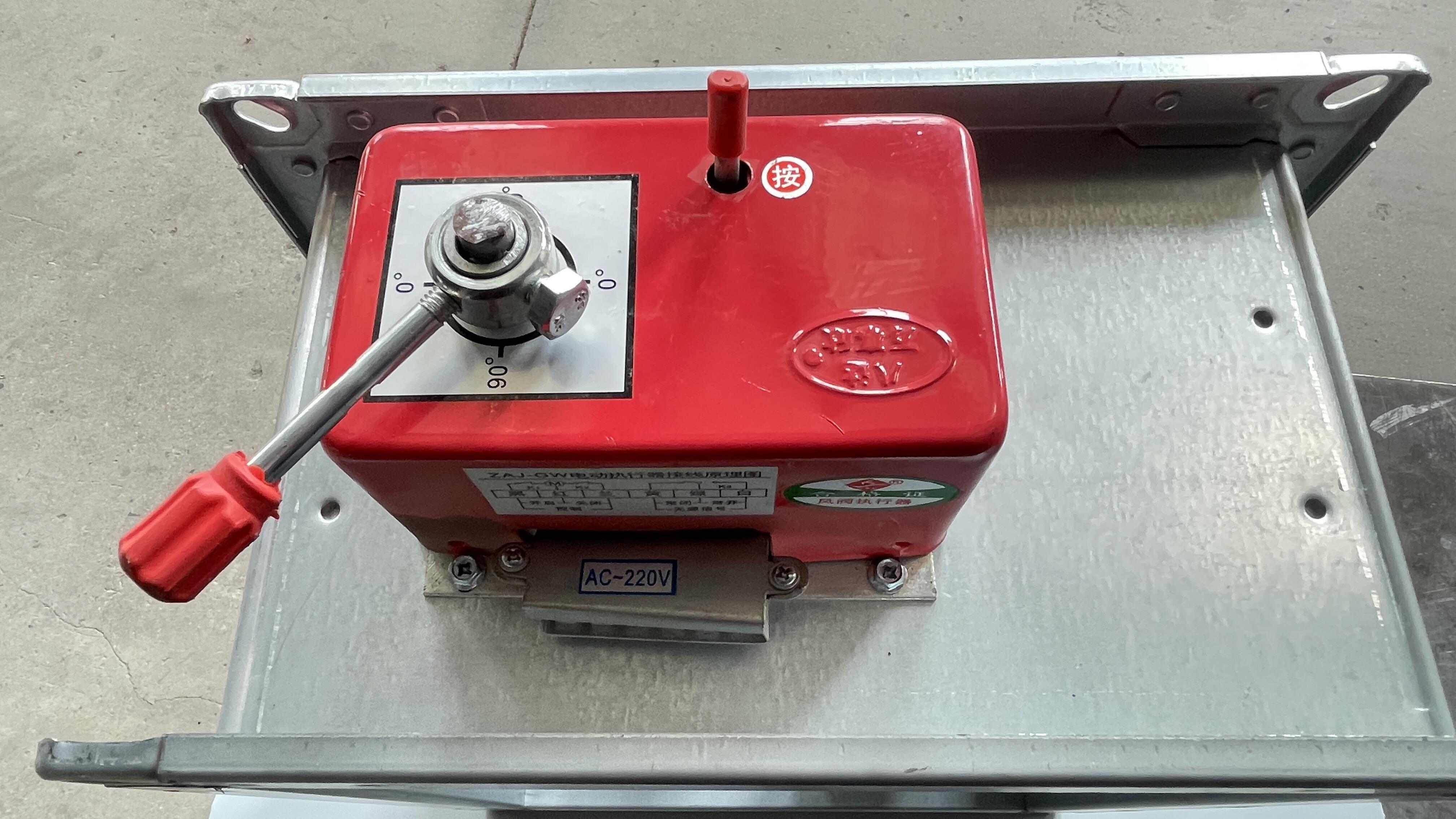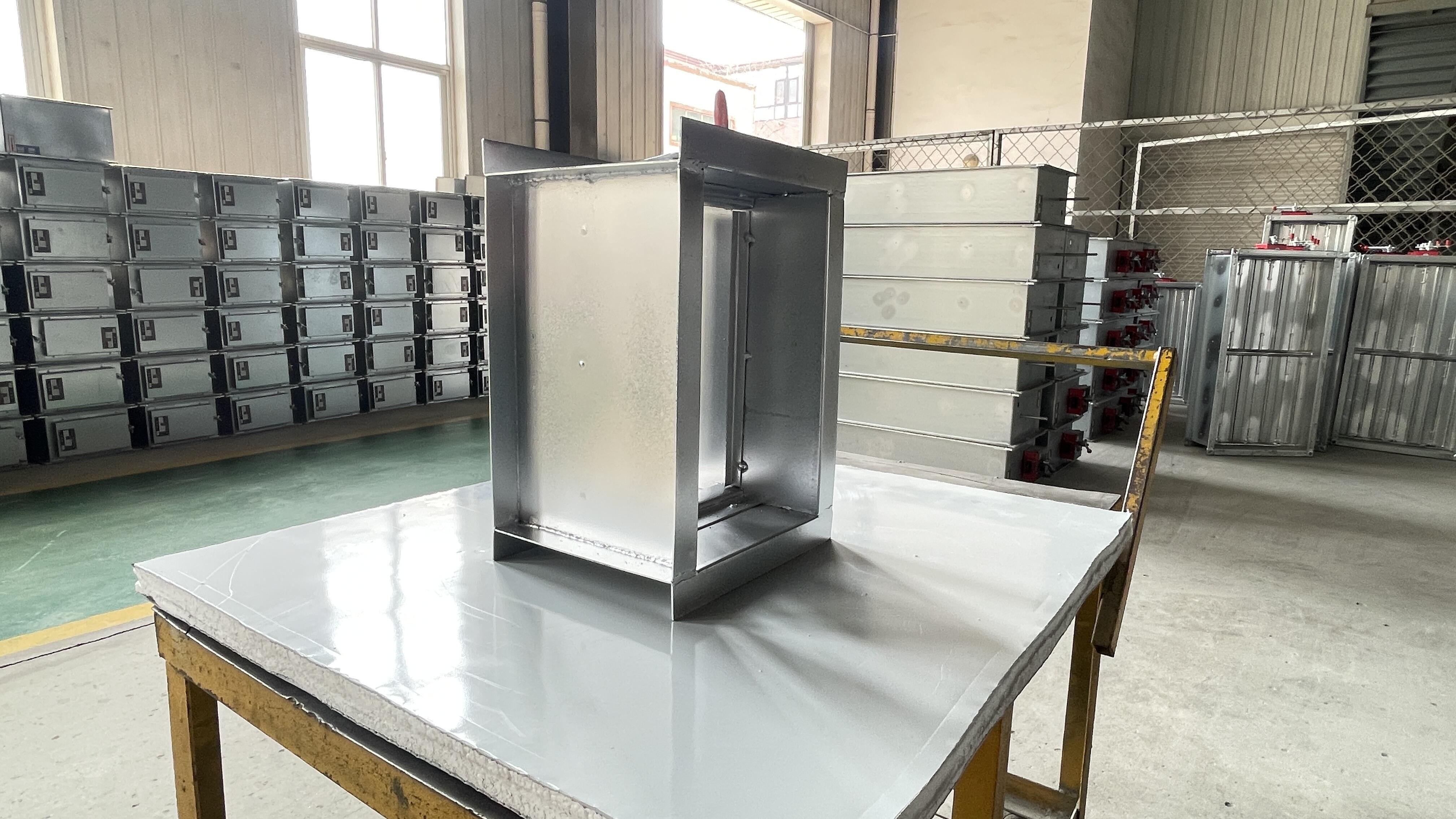
အဆောက်အဦမီးတားဆီးရေးပစ္စည်းသည် မီးနှင့်မီးခိုးကို ဧရာများကြားတွင် ပျံ့နှံ့မှုကိုတားဆီးရန်အတွက် အဆောက်အဦ၏ဒတ်ခ်များတွင်တပ်ဆင်ထားသည့် အရေးကြီးသော မီးဘေးကင်းလုံခြုံရေးကိရိယာဖြစ်ပါသည်။ ဒတ်ခ်များသည် မီးတားဆီးရေးနှင့်အကာအကွယ်ပေးသောနံရံများနှင့် ကမ်းပါးများကိုဖြတ်သန်းနေသည့်နေရာများတွင် အထူးတလည်တပ်ဆင်ထားပါသည်။ အပူချိန်မြင့်မားလာသောအခါတွင် အဆောက်အဦမီးတားဆီးရေးပစ္စည်းသည် အလိုအလျောက်လုပ်ငန်းစတင်ပြီး ဒတ်ခ်ကိုပိတ်ဆို့ကာ မီးကိုထိန်းချုပ်ပေးပါသည်။ အဆောက်အဦ၏အသွင်အပြင်နှင့်ကိုက်ညီအောင်ဒီဇိုင်းထုတ်ထားပြီး ဒတ်ခ်၏အရွယ်အစားနှင့် မီးတားဆီးရေးစံချိန်စံညွှန်းများကိုကိုက်ညီအောင် အဆောက်အဦမီးတားဆီးရေးပစ္စည်းကိုထုတ်လုပ်ထားပါသည်။ အဆောက်အဦမီးတားဆီးရေးပစ္စည်းကို အလွန်အပူချိန်မြင့်မားမှုကိုခံနိုင်သော ပစ္စည်းများဖြင့်တည်ဆောက်ထားပြီး မီးဘေးအခြေအနေအတွင်းတွင် ထိရောက်မှုရှိစေရန်သေချာစေပါသည်။ အဆောက်အဦကိုတည်ဆောက်သည့်အချိန်တွင် မီးတားဆီးရေးနှင့်အကာအကွယ်ပေးသောနံရံများ၏ တိကျမှုကိုထိန်းသိမ်းရန်အတွက် အဆောက်အဦမီးတားဆီးရေးပစ္စည်းကိုသင့်လျော်စွာတပ်ဆင်ထားပါသည်။ အဆောက်အဦမီးတားဆီးရေးပစ္စည်းကို အဆောက်အဦစည်းမျဉ်းများနှင့်ကိုက်ညီစေရန်စမ်းသပ်ထားပြီး အရေးပေါ်အခြေအနေများတွင်ယုံကြည်စိတ်ချရမှုရှိစေရန်သေချာစေပါသည်။ အဆောက်အဦမီးတားဆီးရေးပစ္စည်း၏ ပုံမှန်စစ်ဆေးမှုများအားဖြင့် အလုပ်လုပ်နေသည့်အခြေအနေတွင်ရှိနေမှုကိုအတည်ပြုပေးပါသည်။ ထို့ကြောင့်အဆောက်အဦ၏မီးကာကွယ်ရေးစနစ်၏အဓိကအစိတ်အပိုင်းတစ်ခုဖြစ်ပါသည်။
